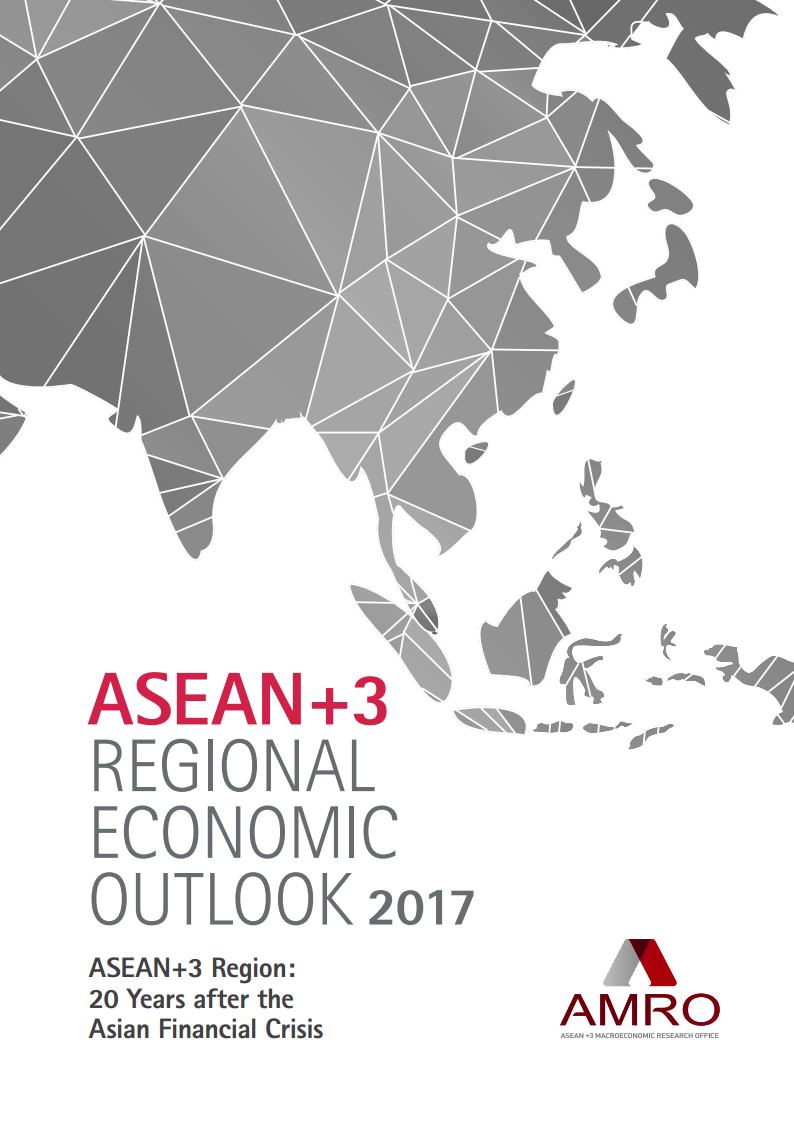
The ASEAN+3 region has shown remarkable resilience going into 2017. In Part 1 on ASEAN+3 Macroeconomic Prospects and Challenges, we note that the region as a whole grew by 5.3 percent in 2016, and barring tail risks, we expect growth of 5.2 percent this year with inflation well under control. Growth in the two largest economies in our region, China and Japan, has moderated and stabilized. Korea and emerging market economies in ASEAN have weathered the volatility in global financial markets relatively well compared with other emerging markets, while developing economies in ASEAN continue to grow strongly and converge to the more developed economies in the region.
At the same time, our region – and the world – faces significant global policy uncertainty. The threat of rising trade protectionism in the U.S. continues to dampen the export outlook for our region. Tightening global financial conditions have narrowed the room for monetary policy, and while fiscal policy can play a greater role, this is subject to the available fiscal space in each economy. The balancing act between economic growth and financial stability has become more delicate, and in our view, it would be prudent for policymakers to prioritize financial stability in this uncertain global environment. Continued use of the full set of policy tools, including macroprudential policies, and pressing on with structural reforms would be necessary.
Part 2 of the AREO is a thematic study, and for this inaugural issue, we have chosen the theme of the ASEAN+3 Region: 20 Years after the Asian Financial Crisis (AFC). The AFC is a landmark event that highlighted the urgent need for regional financial cooperation in crisis management and resolution, and led to the establishment of the Chiang Mai Initiative in 2000 and its subsequent development into CMIM, and the creation of AMRO to support the process through macroeconomic surveillance.
While there are many ways to approach this theme, we have chosen to focus on how policymakers in the region have rebuilt buffers and policy foundations for economic growth after the AFC that enabled them to weather the ramifications of the subsequent Global Financial Crisis (GFC). These include developing more robust monetary policy frameworks against external shocks; undertaking financial, fiscal and structural reforms; and the adoption of macroprudential measures to deal with financial vulnerabilities where appropriate. These more responsive policy frameworks allowed the region to remain open to capital inflows that surged after the GFC and to rebalance their economies from external demand to domestic demand. The policy decision to remain open to trade and capital flows allowed the region to benefit from the rising tide of growing regional trade and investment integration. Mindful of the sharp increase in capital flow volatility and its destabilizing effects, the ASEAN+3 members have come together to develop a regional safety net supported by enhanced macroeconomic surveillance, which together with their own strengthened domestic policy frameworks and buffers, will improve their resilience against shocks and allow their economies to sustain relatively strong growth.
Please download this publication here.
Share: